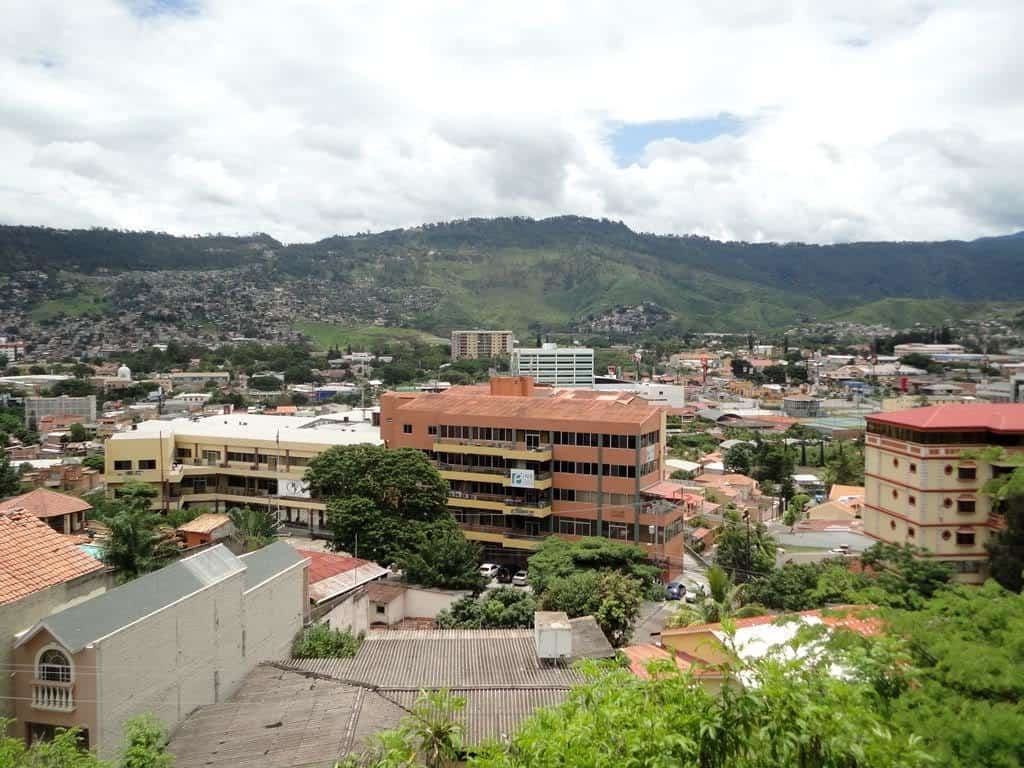The corpses in bags and under sheets reappeared on the streets of the Honduran capital, marking a spike in violence that affects northern Central America after a truce due to isolation to contain COVID-19 infections.
In a single night, on August 13, synchronized attacks by gangs took place in different parts of Tegucigalpa, leaving five deaths that the authorities attributed to a territory “war.”
Gangs that murder, extort and assault have terrorized the populations of the main cities of the countries of the Northern Triangle of Central America — Guatemala, El Salvador and Honduras — for decades, many times with the complicity of the police.
In mid-March, a decline in the operations of criminal gangs began, corresponding to governments ordering confinement to reduce the spread of the pandemic that was then looming in Central America.
Gang attacks
But after a few weeks of decline, crime is rampant again, especially in Guatemala and Honduras, with gang attacks while isolation persists with small measures to reopen the economy.
The change was evident in Honduras with the appearance of bodies in bags and sheets on public roads and the shooting massacres of three or more people.
So far this year, Honduras has registered “24 multiple homicides (in which) more than 80 people have lost their lives,” said Migdonia Ayestas, director of the Observatory on Violence at the National University.
As of August 2019, there were 144 victims of multiple homicides, but Ayestas explained that the figures cannot be compared due to the curfew in force this year.
According to the Honduran police, 2,322 murders were registered as of mid-August 2019, and in the same period of 2020 there were 1,934, in a population of 9.3 million inhabitants.
Guatemala continues to accompany Honduras with high levels of homicides, while El Salvador maintains a substantial reduction, which specialists attribute to actions taken by the government of Nayib Bukele.
Guatemala maintains similar figures to those of Honduras, with 1,909 homicides from January to July 2020, while in 2019 they reached 2,805, among a population of more than 17 million inhabitants.
According to the National Civil Police (PNC) of Guatemala, after July 26, when the curfew hours were reduced and stores reopened, there were several armed attacks by gang members who had stopped operating during the months of confinement.
El Salvador breathes
Contrary to Honduras and Guatemala, El Salvador has not seen a spike in criminal violence.
With 6.6 million inhabitants, El Salvador managed to reduce homicides from 1,729 from January to July 2019 to 692 in the same period of 2020, without perceiving an increase in the opening period.
“El Salvador came off the list of the most violent countries in the world. We have become a benchmark in security matters in the region,” the Minister of Justice and Public Security, Rogelio Rivas, highlighted on Twitter.
On June 1, 2019, Bukele assumed the presidency in a country averaging nine or 10 homicides per day, but at the end of that year the figure fell to 4.7 daily violent deaths.
El Salvador dropped from 52 homicides per 100,000 inhabitants in 2018 to 36 per 100,000 in 2019.
Rivas attributes the loss to the Territorial Control plan promoted by the Salvadoran government.
The plan includes control of prisons, cutting off communication abroad for gang leaders, increasing the operation of the National Civil Police with the support of the army, and combating extortion.
Costa Rica steady
Costa Rica has registered 342 homicides so far in 2020, according to data from the statistics office of the Judicial Investigation Police (OIJ).
The figure is in-line with 2019, when 339 homicides occurred over the same span.
OIJ recorded 560 total homicides in 2019, according to the organization’s leader, Walter Espinoza. That figure was well below the final homicide tally for 2018 (585), which itself marked a reduction from a record-breaking 2017 (603).
Costa Rica has a population of 5.1 million people.






